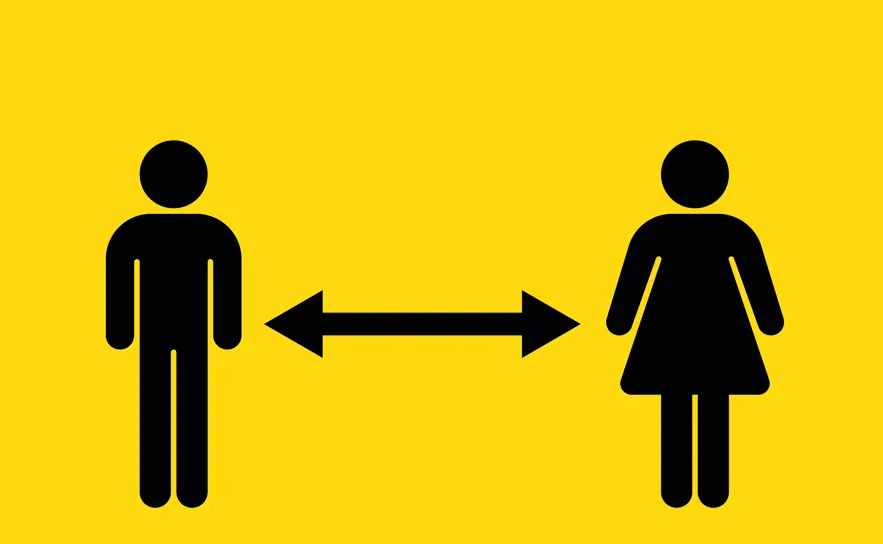US Transportation Secretary Anthony Foxx joined state and local officials for a tour of the Tampa Interstate Study (TIS), a US$1.8 billion series of significant highway improvements in the region. Planning for the TIS, which relies on US$941 million in federal funding, began in 1989. The current phase of construction is expected to be completed in September of 2016.
"These badly needed improvements to the major routes through Tampa and Ybor City will greatly improve the area's ability to keep pace with t
May 23, 2014
Read time: 2 mins
US Transportation Secretary Anthony Foxx joined state and local officials for a tour of the Tampa Interstate Study (TIS), a US$1.8 billion series of significant highway improvements in the region. Planning for the TIS, which relies on US$941 million in federal funding, began in 1989. The current phase of construction is expected to be completed in September of 2016.
"These badly needed improvements to the major routes through Tampa and Ybor City will greatly improve the area's ability to keep pace with the constant demands of a growing region," said Secretary Foxx. "The American people want better roads and bridges to get them safely where they need to go and projects like the Tampa Interstate Study are why we need Congress to pass a long-term transportation bill."
When the TIS is completed, newly added lanes, ramps and other improvements will improve the Tampa area's largest interstate corridors and reduce traffic congestion significantly and improve emergency evacuations in a major regional freight corridor.
"Investments like this one mean safer driving, less traffic congestion and more business opportunities for Tampa-area residents," said Deputy Federal Highway Administrator Gregory Nadeau. "An investment in America's infrastructure is an investment in America's future."
"These badly needed improvements to the major routes through Tampa and Ybor City will greatly improve the area's ability to keep pace with the constant demands of a growing region," said Secretary Foxx. "The American people want better roads and bridges to get them safely where they need to go and projects like the Tampa Interstate Study are why we need Congress to pass a long-term transportation bill."
When the TIS is completed, newly added lanes, ramps and other improvements will improve the Tampa area's largest interstate corridors and reduce traffic congestion significantly and improve emergency evacuations in a major regional freight corridor.
"Investments like this one mean safer driving, less traffic congestion and more business opportunities for Tampa-area residents," said Deputy Federal Highway Administrator Gregory Nadeau. "An investment in America's infrastructure is an investment in America's future."










